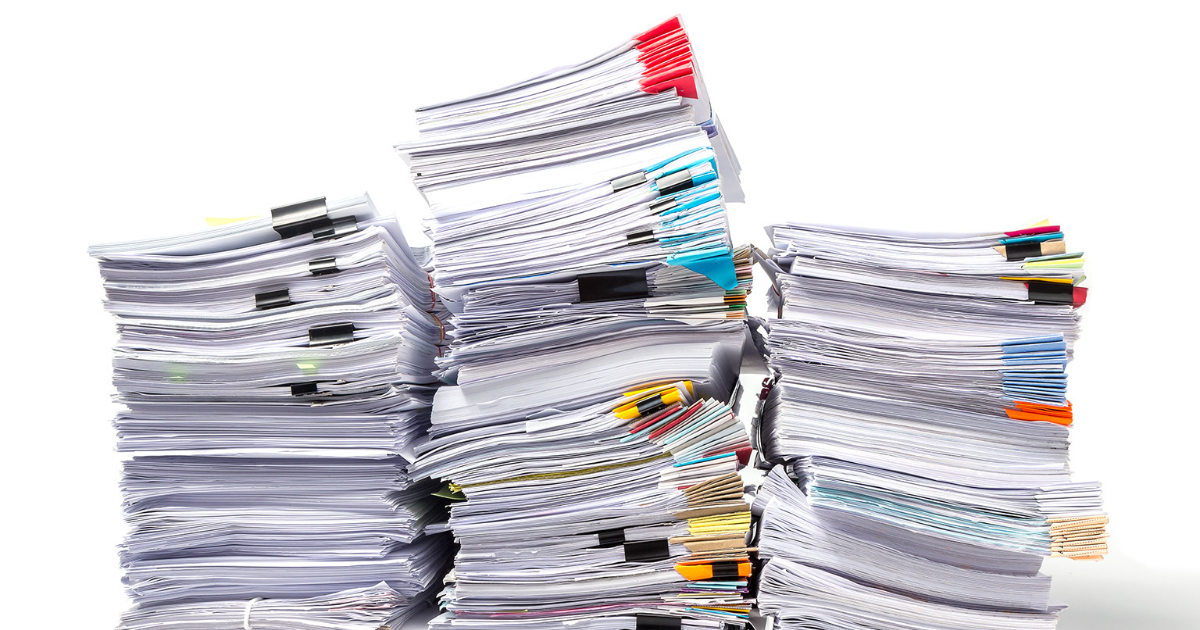We spend our days looking forward forecasting new threats and ...
Data Classification
-
By ALCiT Team

When working on any digital device the most important part of your system is your cybersecurity. Without a secure system, your data can be compromised. It’s important to have systems in place such as data classification especially if your company stores large amounts of data.
In today’s article, we’ll be talking about what data classification is, why it’s important to your cybersecurity infrastructure and why you should use it. Keep reading to ensure you’re on par.
What is Data Classification?
Data classification is the process of organizing data—both structured and unstructured—into categories. These categories represent different types of data such as:
- Sensitive
- Personal
- Confidential
- Public
Classifying data allows you to track, retrieve and find data easily. This is achieved by tagging the data with specific labels. With data classification, you can understand what type of data you own and what to do with it.
For example, if you’re storing someone’s cellphone contract information there will be plenty of sensitive data on the document such as:
- Account details
- Name
- Address
- Income level
- NPPI (Non-Public Personal Information)
This type of information must be protected. But the level of protection will depend on the classification it’s assigned to.
Why is it Important to Cybersecurity?
Data classification allows your business to apply controls based on the category data you’re dealing with. There are different types of controls for the various data types you’re protecting. For example, if you post an online flyer, you want people to be able to view it but you don’t want them to edit it.
The controls used to protect the online flyer won’t have the same controls as credit files that are confidential and are only allowed to be viewed by authorized people. One of the reasons why classifying your data is so important is because of security purposes. Additionally, it helps support security measures.
Why Classify Data at All?
Your data classification is important for industry standards, security and regulatory requirements. You’re able to put the proper controls in place to effectively protect the data you’re holding. Classifying your company’s data can save you money and time so you can focus on the aspects of your business that need consistent attention.
Furthermore, classifying data assists IT teams to justify requests for investments in data security. This process will reduce storage costs by finding duplicate data so you can rid your system of it.
How Does it Relate to an Organization?
There are compliance regulations that require any organization to protect sensitive data, especially if the company is holding personal client information. With classification, you’re able to identify data subjects to the specific regulations it has so you can put the correct controls in place and pass audits.
What is the Goal/Purpose of Data Classification?
The goal of data classification is to identify how to maintain applications and systems to ensure data confidentiality and availability. Additionally, classification helps organizations comply with industry standards. And lastly, classification is used to mitigate unauthorized access to data.
What are the Advantages/Disadvantages?
There are some disadvantages to using data classification. It may not be appropriate for non-linear problems. It’s also extremely complex so not everyone will understand how to use it. Classification may also show poor results on small data sets.
The advantage of data classification is that it allows companies to search, find or track data effectively. With classification, data is easy to use and you’re able to add extensive security to information being stored. You’re able to make sense of large volumes of data with these processes.
Different Types of Data Classification
There are three types of data classification:
- Context: This type of classification looks at the location, creator and application as a gauge for sensitive data.
- Content: The content classification type inspects and understands files looking for sensitive data.
- User: This type of classification depends on the end-user and manual selection of each file. This relies solely on user knowledge to review, edit, create and flag sensitive data.
How to Classify Data
To classify data you must first know the industry standards, the type of data you’re handling and your products and services. Then you must prioritize and organize your data and tag them with appropriate classifications. Consider the following when classifying data:
- What is collected?
- What is created?
- How sensitive can it be?
- Who needs access to it?
You will need to create protocols for employees for classification and implement security standards based on the data you’re storing. Staff will need to be trained on how to use data classification.
Summary
There are many advantages to data classification but you must follow protocols and train your employees on these processes. Your organization must follow data compliance and regulations. Classification is an important component of your cybersecurity infrastructure. So if you want to uphold your reputation and viability, always have data classification in place.







